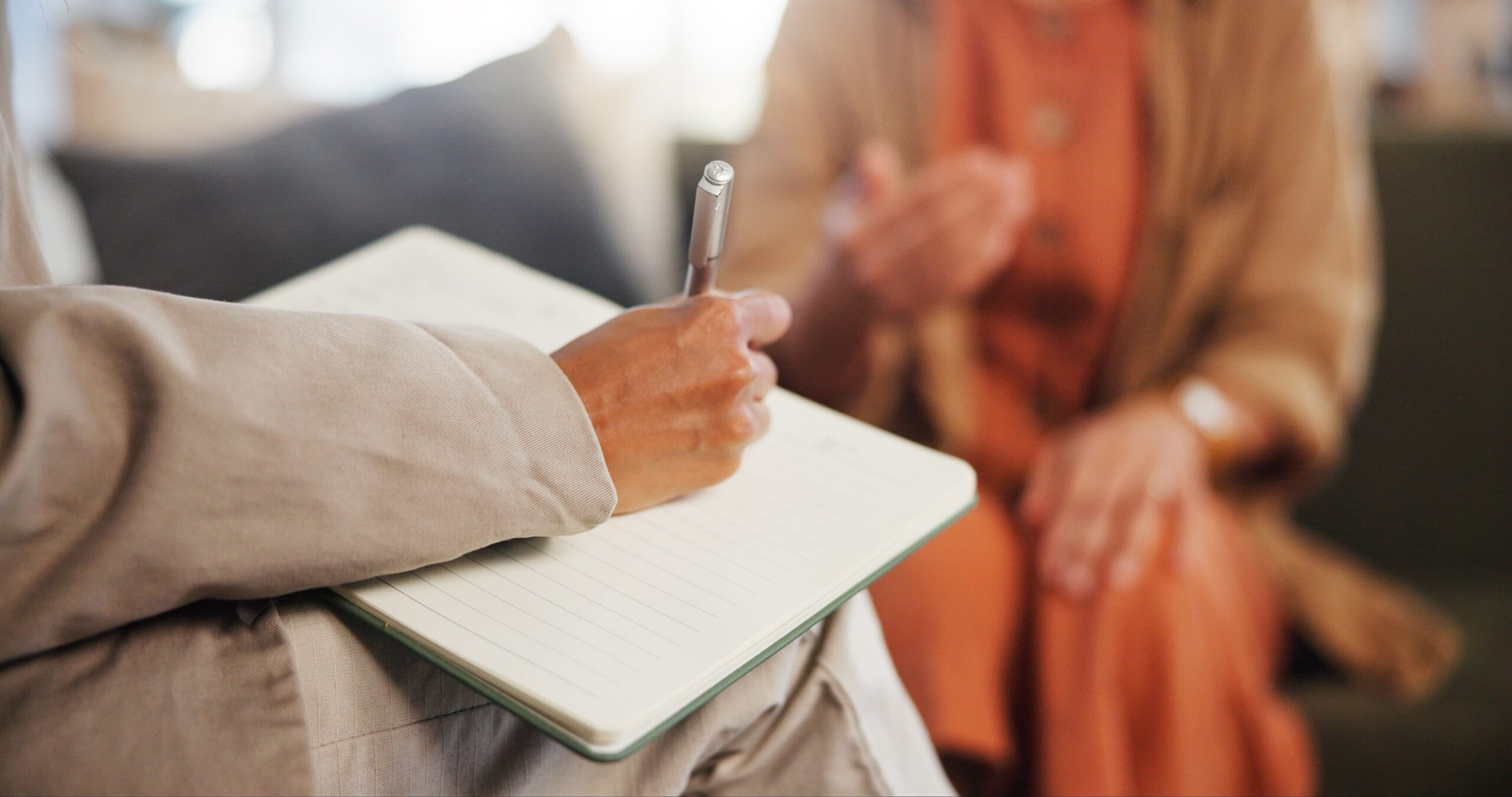The Healing Power of Connection: How the Relationship Repairs in Psychodynamic Psychotherapy
Lakeshore Psychotherapy Group
July 10, 2025
At Lakeshore Psychotherapy Group, we often talk about the transformative power of therapy. But what exactly is it that facilitates healing? While insight and understanding play crucial roles, a cornerstone of effective psychodynamic psychotherapy lies in something more fundamental: the relationship itself.
From a psychodynamic perspective, many of our emotional struggles and relational patterns are rooted in early experiences and relationships. We develop ways of relating to ourselves and others based on these formative interactions, and sometimes, these patterns can become maladaptive, leading to distress, anxiety, or difficulties in our present-day connections.
The Therapeutic Relationship as a Microcosm
In psychodynamic therapy, the relationship between you and your therapist becomes a unique and powerful space – a microcosm, if you will – where these unconscious patterns can emerge and be understood. Your therapist isn’t just a neutral observer; he/she becomes an active participant in a new kind of relational experience.
Think about it: how you relate to your therapist often mirrors how you relate to others in your life. You might find yourself feeling similar emotions, anticipating certain reactions, or even falling into familiar dynamics. This isn’t a coincidence; it’s the very material we work with.
How Does the Relationship Heal?
Providing a Safe and Containing Space
One of the most basic yet profound aspects of the therapeutic relationship is the creation of a safe and consistent environment. In this space, you can bring your authentic self, your fears, your vulnerabilities, and your most difficult emotions, knowing you will be met with non-judgmental acceptance and understanding. This provides a crucial corrective experience to past relationships where such openness might not have been met with safety.
Transference & Countertransference as Guides
These are core concepts in psychodynamic therapy. Transference refers to the unconscious redirection of feelings and attitudes from important figures in your past (like parents or caregivers) onto your therapist. For example, you might find yourself feeling unusually angry or dependent on your therapist, mirroring feelings you had towards a parent.
Countertransference refers to your therapist’s unconscious reactions to you, often in response to your transference.
Rather than being obstacles, transference and countertransference are invaluable tools. By exploring these dynamics within the therapeutic relationship, you gain insight into your ingrained relational patterns and how they play out in your life outside of therapy.
Rupture & Repair
No relationship is perfect, and the therapeutic relationship is no exception. There will be moments of misunderstanding, perceived slights, or feelings of disconnect. These “ruptures” are not failures; they are opportunities for profound healing. When a rupture occurs, the therapist and client work together to address it, communicate about what happened, and repair the connection. This process of rupture and repair is incredibly powerful because it models a healthy way of navigating relational challenges that may have been absent in earlier experiences. Successfully repairing a rupture in therapy can build resilience and trust, demonstrating that conflict can be navigated and relationships can endure.
The Corrective Emotional Experience
As you consistently experience a different, more attuned, and healthier way of relating with your therapist, it provides a “corrective emotional experience.” Old, maladaptive patterns begin to loosen their grip. You learn that vulnerability can be met with empathy, that your needs can be heard, and that you can navigate difficult emotions without being overwhelmed. This new experience is internalized, leading to lasting changes in how you perceive yourself and interact with the world.
Internalizing a Secure Attachment
Over time, the consistent and reliable presence of the therapist can help you develop a more secure internal working model of attachment. This means you begin to internalize the qualities of the therapeutic relationship – the empathy, the understanding, the consistent support – and apply them to your self-perception and your interactions with others. You learn to self-soothe, to trust, and to form healthier, more fulfilling connections outside of the therapy room.
At Lakeshore Psychotherapy Group, we believe that the therapeutic relationship is not just a backdrop for change; it is the very engine of healing. By engaging in this unique and deeply personal connection, you gain invaluable insight into your relational world and, more importantly, discover the capacity to repair, grow, and thrive in all your relationships.
Ready to Experience the Transformative Power of Connection?
At Lakeshore Psychotherapy Group, our psychodynamic therapists guide you toward relational healing and emotional resilience. Fill out our quick form below to discover how the therapeutic relationship can empower you to repair and strengthen your connections both within and beyond therapy.
Schedule a Free Consultation

 (312) 481-8181
(312) 481-8181
